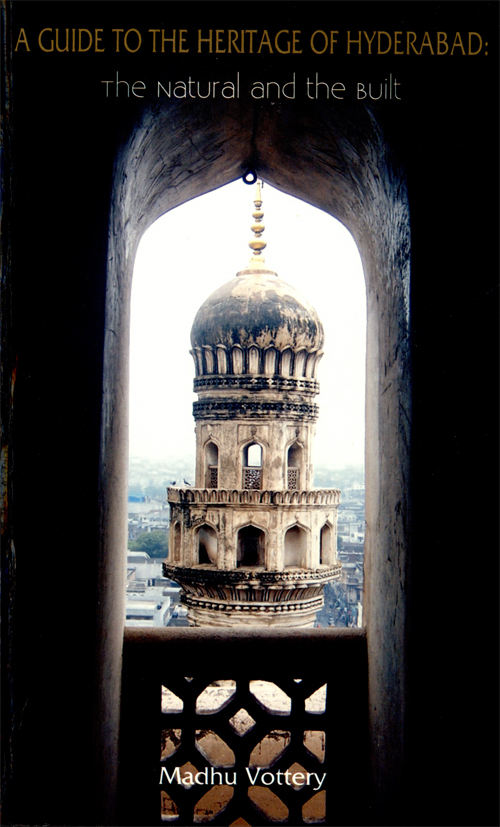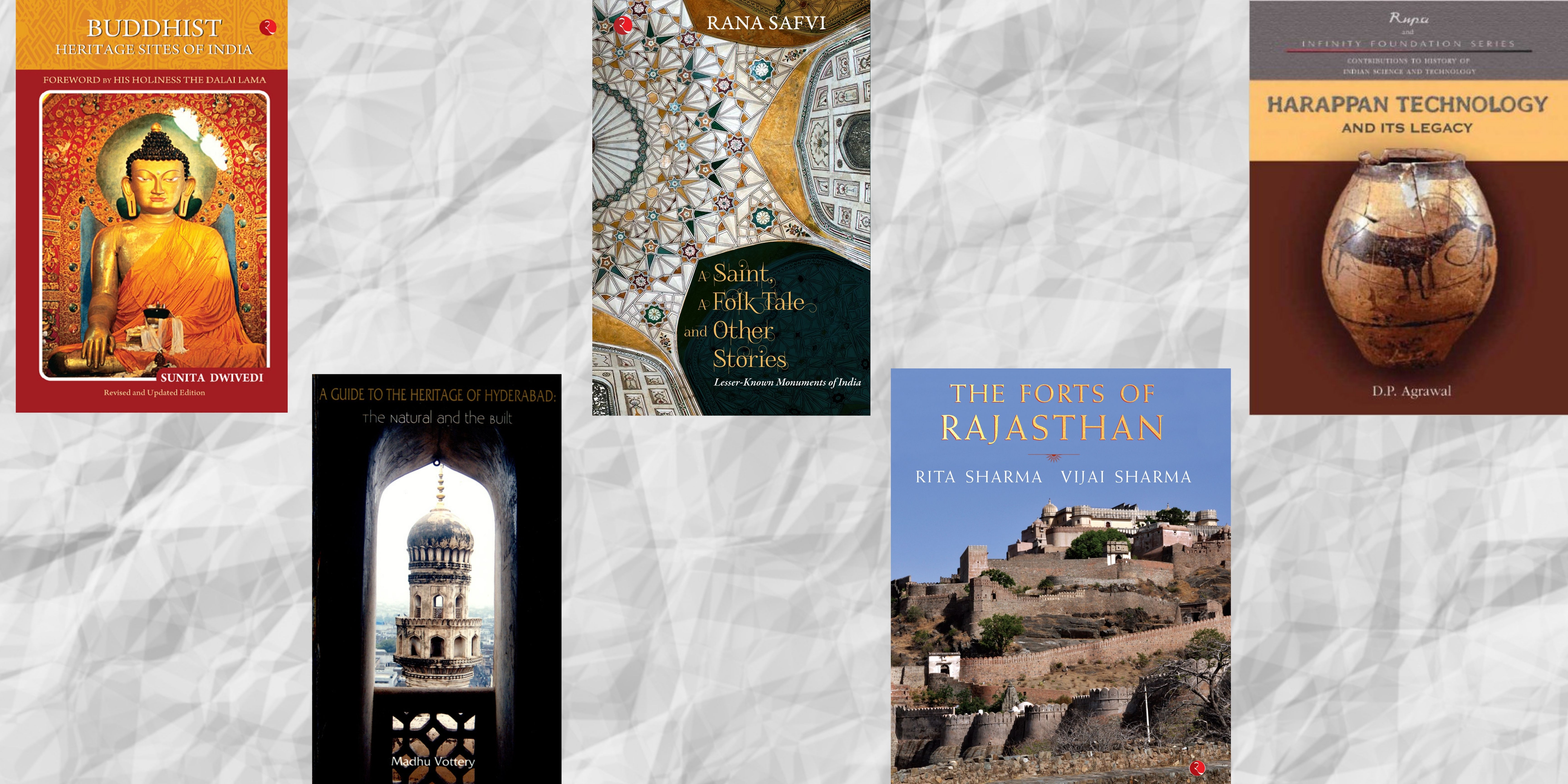
The International Day for Monuments and Sites, also known as World Heritage Day, is an international observance held on 18th April. Here is our reading recommendation for this day!
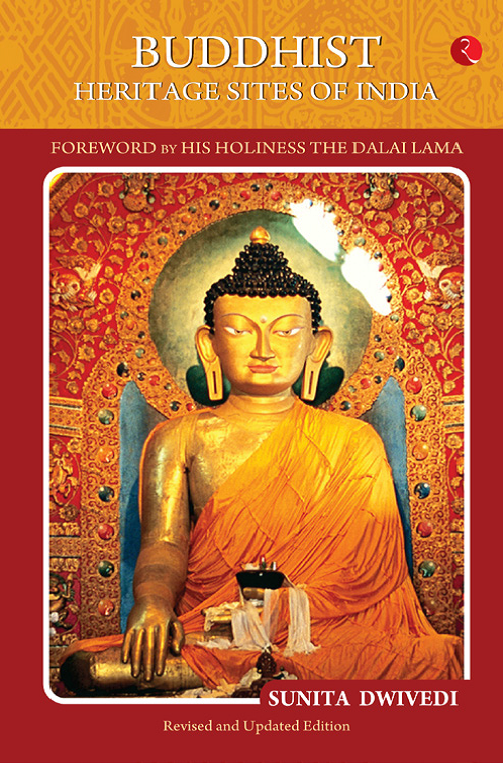
Buddhist Heritage Sites of India
Buddhist Heritage Sites of India (Foreword by His Holiness The Dalai Lama)
ABOUT THIS BOOK
Author, traveller and researcher Sunita Dwivedi recounts in this book the captivating tales of her travels to the Buddhist heritage sites of India.
Taking on this arduous yet spiritually gratifying journey, she leaves no stone unturned in bringing us closer to the antiquities and mysteries of the ancient Buddhist sites—including the archaeological history of those built under the patronage of Asoka the Great, traversed by the devoted and fearless Chinese pilgrims and ambassadors, forgotten over time and rediscovered after centuries by colonial explorations and excavations.
A delight for travellers and sightseers venturing into isolated Buddhist cultural geography, her wanderings account the length and breadth of the country—from the better known in Uttar Pradesh and Bihar to the more interior ones in Sikkim, Arunachal Pradesh, Ladakh, Himachal Pradesh and even across the border into Lumbini and Tilaurakot in Nepal; from West Bengal and Odisha in the east to Rajasthan, Gujarat and Maharashtra in the west; and through Madhya Pradesh finally to the south of India.
Offering an unforgettable kaleidoscope of awe-inspiring stupas, monasteries, paintings and sculptures, Buddhist Heritage Sites of India is a collation of complex and curious trajectories of a heritage that not only belongs to India but also to the world at large.
A GUIDE TO THE HERITAGE OF HYDERABAD
ABOUT THIS BOOK
A Guide to the Heritage of Hyderabad: The Natural and the ‘Built is a comprehensive understanding of the relationship between the history of Hyderabad and its heritage. It talks about the significance, the value and the architecture of each heritage structure. The scaled road maps and the sketches in the book are meant to facilitate visits to different heritage sites of the city. The book captures the city in all its beauty and is a befitting ode to the city and its heritage. To those who have not had the fortune of savouring the sublime splendour of this city until now, this book is an invitation to do so. It is a relevant, well-timed and remarkable book – immensely helpful for students, academicians and tourists. Enjoy the grandeur of this historic city!

A SAINT, A FOLK TALE AND OTHER STORIES: LESSER-KNOWN MONUMENTS OF INDIA
A SAINT, A FOLK TALE AND OTHER STORIES: LESSER-KNOWN MONUMENTS OF INDIA
ABOUT THIS BOOK
‘Travelling—it leaves you speechless, then turns you into a storyteller.’
—Ibn Battuta
Indian architecture offers one of the most glorious forms of built heritage anywhere in the world. India, with its geographical expanse, rich history and diversity, offers a veritable feast for the senses in every way, especially its spectacular range of built heritage. Starting from the earliest cave shelter paintings, rock-cut architecture and the first urban cities of the Indus Valley Civilization to modern skyscrapers, India has it all.
In A Saint, A Folk Tale and Other Stories, acclaimed author Rana Safvi takes the reader into secret, hidden parts of India beyond the usual tourist destinations. The often overlooked monuments of India are rich with history, architecture and scenery begging to be explored. The book takes you back in time and on a journey to explore the vast architectural heritage of India.
Discover the secrets that Khusrau Bagh hides in its heart, marvel at a Queen’s forgotten resting place, listen to the folk tales and fables embedded in the structures and walk down the poetic path to some of the places where the great poets sleep, with the hope that the book sets the reader off on a journey of their own.
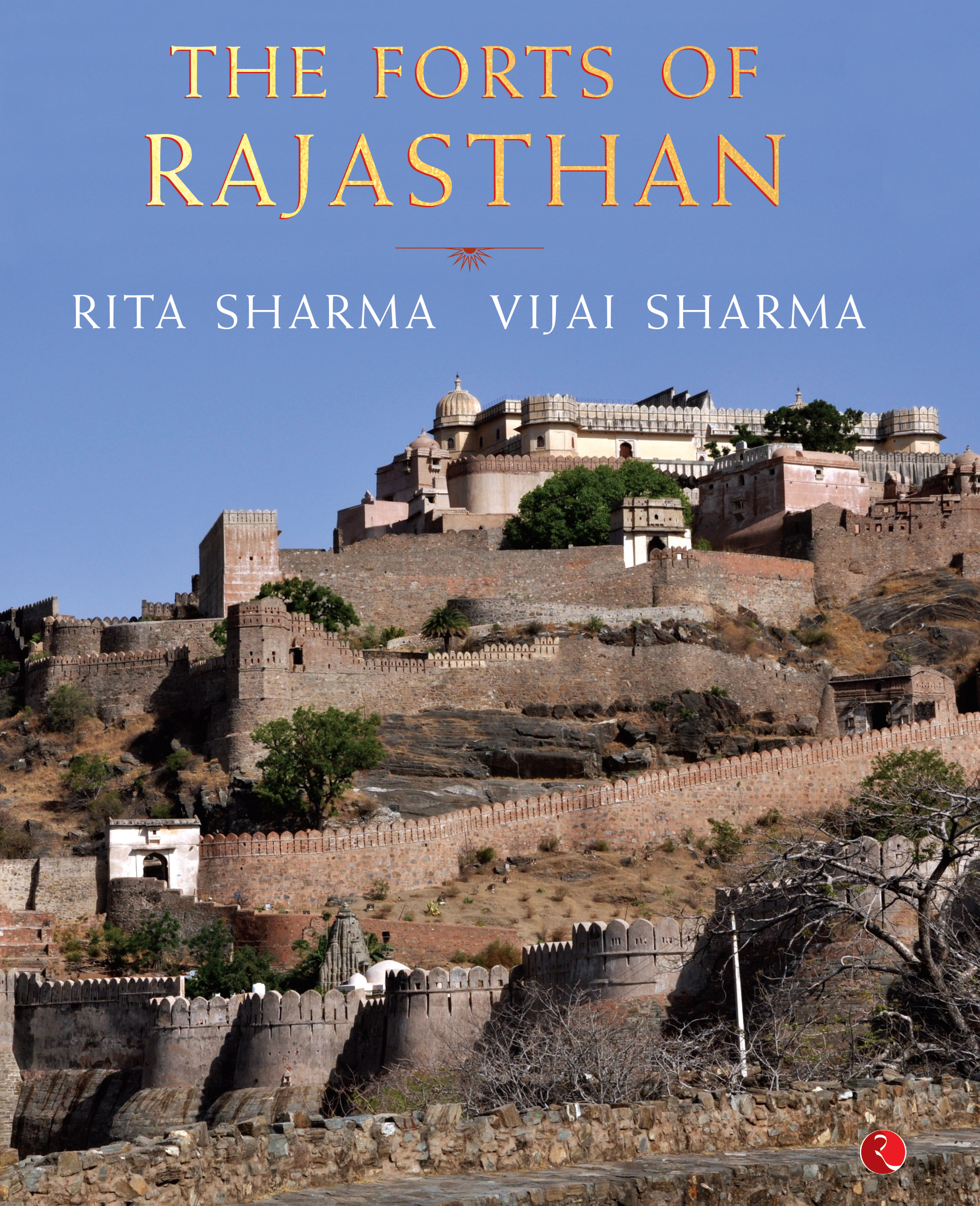
The Forts of Rajasthan
The Forts of Rajasthan
ABOUT THIS BOOK
A rich collection of history, culture and lore of Rajasthan through its forts.
Rajasthan has the world’s richest lineage of forts. This book’s bracing narrative captures this heritage with ramparts and bastions resonating with the song and verse of Rajasthan across slope and sand, rock and river.
The easy-to-read book comes from home-schooling and history trails that took the authors to the forts, enabling a blend of pen and camera for a well-rounded portrayal. The book, second in the series after The Forts of Bundelkhand, flags the space for amateur history-enthusiasts to invigorate understanding of how the past influences the present.
The charisma of Rajasthan’s forts has led to this book. It acknowledges the lofty standing of these history-citadels as a pivotal reference point for promoting heritage protection and awareness of sites that are the building blocks of local, regional and national identity. Research methodology tools help go beyond the ‘annals-and-antiquities’ approach. The Forts of Rajasthan recognizes the scope for refurbishing insights and revisiting assumptions.
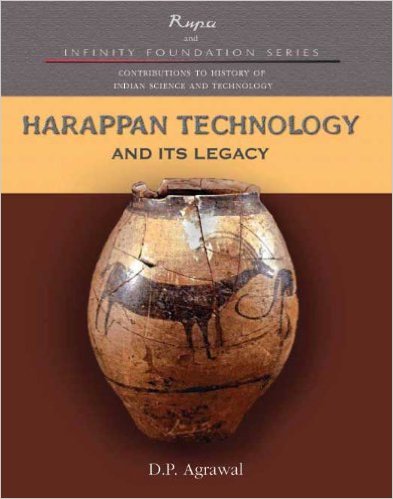
HARAPPAN TECHNOLOGY AND ITS LEGACY
HARAPPAN TECHNOLOGY AND ITS LEGACY
ABOUT THIS BOOK
The ancient civilization of the Harappan people covered a vast area and made significant contributions to the evolution of human culture and society. One of its salient features was its technological innovativeness which is somewhat overshadowed by the modesty and functionality of its architecture and artefacts. Its technological expertise is reflected in the architectural, hydrological and engineering feats it achieved. Various aspects of life of the Harappans, that is, their town planning, their system of weights and measures, their drainage, wells and baths, art and crafts, transport, metal artefacts, ceramics, domestication of life and agricultural practices, all reveal the extent of technological skill and knowledge they possessed. This volume documents the various technologies developed by the Harappans by examining a vast amount of data about the Indus civilisation. It reveals the Harappans’ architectural achievements, expertise in hydraulics engineering, ceramic technology, metallurgical achievements, and the varieties of artefacts they produced. It explains why the culture has been termed a ‘culture of water splendour’. It discusses their many marvels of hydraulic engineering like the Great Bath at Mohenjodaro, extensive reservoirs and water harvesting systems at Dholavira, the underground drainage and storm drains, their techniques of casting, joining and alloying copper and so on. The Harappan technology displays a functional aptness and adaptation to varied ecological settings. Much that exists in the northwestern part of India today has been seen as a refection of this inheritance. The volume would interest historians and archaeologists interested in understanding the achievements of the earliest civilisations and their legacy. Prof. D. P. Agrawal is a noted archaeologist who has participated in excavations of the Harappan site of Kalibangan in Rajasthan and worked on copper technology of the Harappans.

